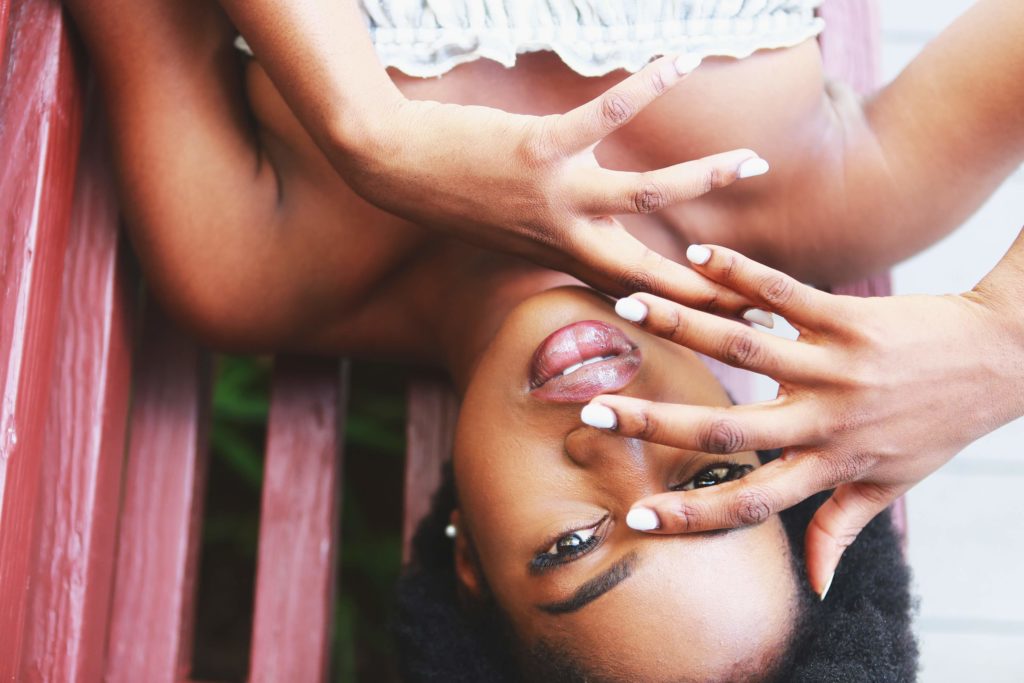The skin has been quoted to be the largest organ in the body making up about 12-16% of body surface area of the human adult and about 1.6m2. Quite large isn’t it? Contrary to what most people think, the skin is as important as any other internal organ and it is not just for aesthetic purposes although that’s extremely important too as this is the first thing most people notice about you. The skin has several other functions including regulation of body temperature, vitamin D metabolism, protection against micro-organisms, protection against ultraviolet rays of the sun, excretion of waste products, and of course responsible for the colour of each individual amongst others. That’s a whole a lot of functions! It is extremely important to treat your skin right.
Microscopically, the skin has two major layers called the epidermis and dermis from top to bottom. Just below the deeper layer called the dermis is the subcutaneous tissue also called the hypodermis (the fat layer). The epidermis is that layer on top that is responsible for absorption of nutrients and drugs from the skin, regulation of body temperature and general protection. It has four major layers in most areas of the body except for the palms and soles which has five layers. The topmost layer of the epidermis (called the horny layer) sheds every twenty eight days to reveal a new skin. Not that this is seen as actual moulting like in snakes though..lol. The epidermis does not have any blood vessels and it receives all its nutrients from the dermis through the blood vessels there. The dermis has two layers which is made up mainly of collagen as its structural component and it is responsible for the tensile strength of the skin. The other structures in these layers of the skin are the hair follicles where hair comes from, melanocytes where cells that produce melanin that gives colour to the skin is located, sweat glands, sebaceous glands that produce sebum (oil) that nourishes the skin.
There are three major components that determine an individual’s colour namely melanin, carotene and hemoglobin. Of these three, the most important determinant of colour is melanin produced by those structures called melanocytes. It should be noted that ALL human beings whether African, Asian, British, American, Indian have the same exact number of these cells called melanocytes. Why then do we have different complexion? This is because of the different types of pigment produced, the size of the pigment producing cells in the melanocytes amongst other factors. Interesting.
If you have been able to follow through up to this point and you’re not in the medical field, you definitely deserve some accolades. Lol
How then do you take care of this organ with so many different functions? You actually don’t need to break a bank to do that. There are some basic steps to taking care of your skin.
- Feed it from inside out. As cliché as it sounds, you need to drink lots of water, eat a balanced diet with fruits and vegetables.
- Clean your skin especially your face with a gentle hypoallergenic wash. By cleaning, please note that I’m not referring to those alcohol cleansers that you put on cotton pads which would totally dry out your face (Insert an eye rolling emoticon here)
- Moisturise, moisturise, moisturise! Did I remember to say moisturise? This is one step you should never miss out with your skin. Let me give you a little secret. If you have a skin condition and you’re yet to get to someone who knows about the skin, you can never ever go wrong with continuous moisturising…provided you’re not doing so with harmful products. Don’t be that person that says “I don’t rub cream”. It is important to moisturise your skin whether your skin is dry or oily.
- Stay away from the sun especially within the hours of 10am to 3pm. Use a sunscreen with at least sun protective factor (SPF) of 30. This is because there are ultraviolet rays from the sun called UVA and UVB which may cause sun damage, hyperpigmentation (darkening of the skin more than its usual colour), skin ageing and even skin cancer! Melanin is very protective against the effects of the sun with blacks having darker melanin and larger cells called melanosomes, they have a greatly reduced risk of skin cancer compared to Caucasians. This is not to say blacks cannot have skin cancers; and with the rave about skin bleaching without adequate sun protection, I daresay we may be heading there.
- Do NOT treat your skin with over the counter medications when you have a skin condition. You’re better off moisturising continuously till you get to someone that has knowledge of taking care of the skin properly.
- Stay far away from antiseptics and medicated soaps. Trust me, you don’t need them. The skin has its own normal flora (bacteria) that you share a commensal relationship with. You both benefit each other; they live on your skin and prevent harmful microorganisms from growing there while you give them accommodation. By taking away the normal flora with medicated soaps and antiseptics, you put yourself at risk of allowing harmful microorganisms to grow. Talk about a case of ‘the mice came out to play in the absence of the cats’. There are only a few conditions where we recommend antiseptics in dermatology and everyday use is not one of them
- STOP USING TRIPLE ACTION CREAMS ON YOUR SKIN. I had to write this in block letters so it can get to people at the back. Those creams have no single benefit.

image courtesy of WebMd
I think this is more than enough sensitisation before we talk about some common skin conditions. Remember, it is extremely easy to take care of the skin and may be really difficult to repair damaged skin. Let’s not even go to how expensive it can get. There’s this popular saying…’the skin you have in your teenage years and twenties is your God given skin, the one you have in your thirties onwards is the one you give yourself’. This comes from taking care of your skin properly and it is better started early.
I’ll love to hear from you but remember this blog is just to enlighten, educate and sensitize about the skin and common skin conditions and not for consultation, diagnosis or management of skin issues.


Pretty! This has been an extremely wonderful article.
Many thanks for providing this information.
Glad you enjoyed it! Thank you